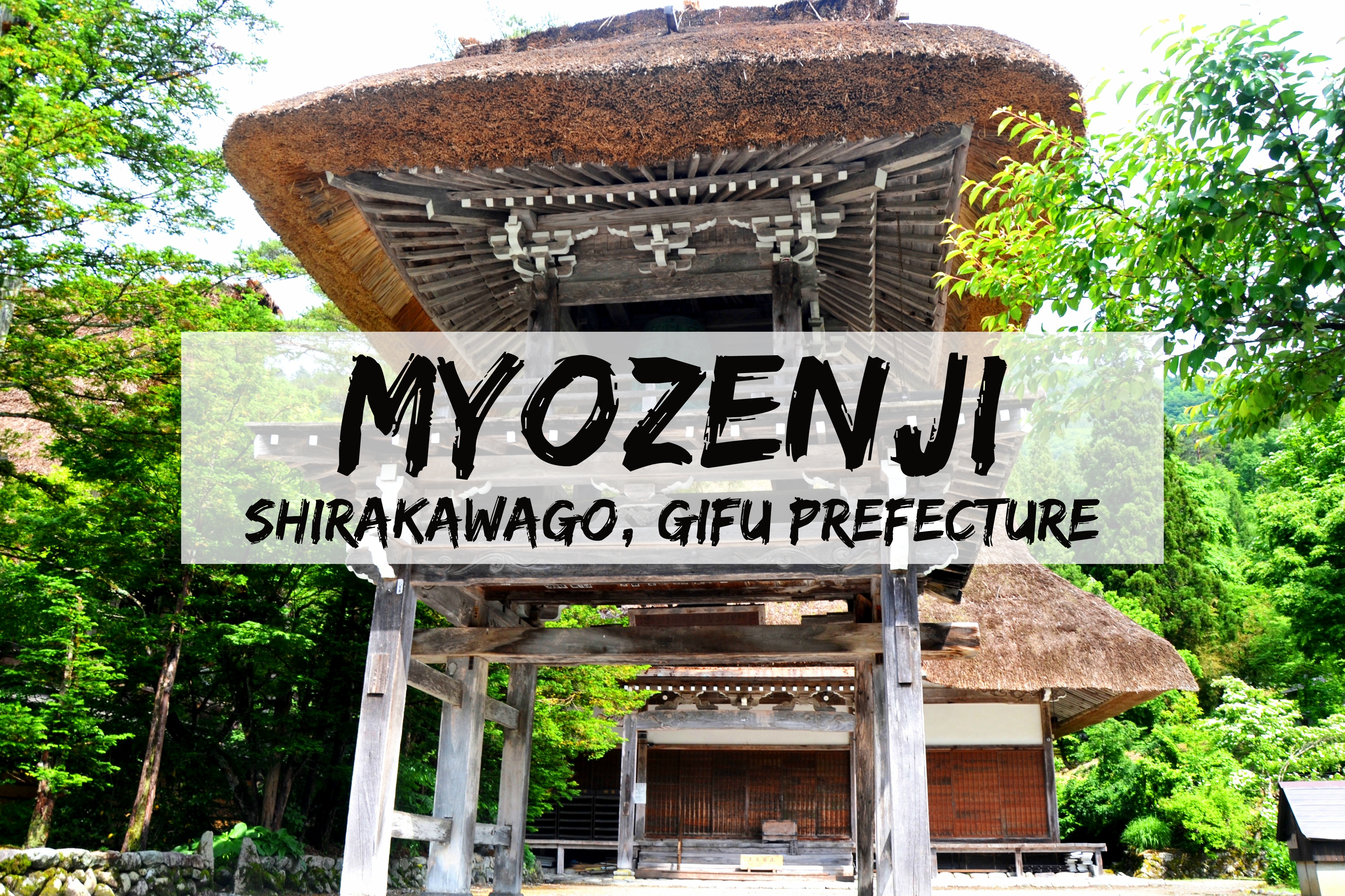Saroma Shrine (佐呂間神社) is the main shrine of the town of Saroma. It is located at 96 Miyamaecho in the town of Saroma in Hokkaido Prefecture, Japan.
 |
Saroma Shrine |
Saroma Shrine Details
Saroma Shrine holds an important place in the region's history and culture. The shrine was established in April 1902 when a group of 33 individuals from Okayama Prefecture and 14 individuals from Ishikawa Prefecture settled in an area that was then called Honmachi. Initially, a small shrine was built at No. 29, Aza Kita 5-sen, Nihoncho, where three deities - Amaterasu-Omikami, Okunitama-no-Kami, and Omi-Kami - were enshrined. Additionally, four pillars representing Sukunahikona-no-kami were also placed in the shrine.
 |
| Saroma Shrine - Saroma town, Hokkaido Prefecture |
In September 1924, the Ministry of Home Affairs approved the creation of the Saroma Shrine under the directive Hokusha No. 10. The shrine was recognized as a place of worship and divine protection for the people of Saroma. However, it was later decided to relocate the shrine in the spring of Showa 18 (1943) due to various reasons. The new location for the shrine was selected, and construction began in June of the same year.
Saroma Shrine Main Hall
 |
| Random fortunes or omikuji are tied in the omikuji strings |
Currently, the Saroma Shrine holds the status of Mukakushi, which means that it is not officially ranked among the major shrines in Japan. Nevertheless, it continues to hold great significance for the local community. Every year, on September 25th, the shrine celebrates its annual holiday, attracting visitors and worshippers from near and far.
Saroma Shrine's komainu
 |
| Saroma Shrine's first set of komainu near the second torii |
 |
| Saroma Shrine's second set of komainu near the main hall |
Team Nicerio visits Saroma Shrine
My family and I visited Saroma Shrine for the first time last September 18, 2022, during our September 17 – 19 Road Trip. It was my 321st day in Japan as an ALT under the JET Programme. I included the Saroma Shrine in our itinerary as we have a family tradition of visiting the main shrine of a municipality that we visit for the first time so that we could pay respects and offer prayers. What I like about the Saroma Shrine is that it is in the heart of the town which means it is generally safe from bear activities which is one of my primary concerns whenever we go to a shrine located in the outskirts of a town or village.
Saroma Shrine Fees
It’s FREE to enter and explore Saroma Shrine grounds.
Saroma Shrine Operating Hours
Saroma Shrine grounds are open 24/7.
Why Visit Saroma Shrine?
Saroma Shrine stands as a symbol of spiritual devotion and cultural heritage in the town of Saroma. Its establishment in the early 20th century and subsequent relocation reflect its importance to the local community. The Shinmei-zukuri architectural style and the annual holiday celebrations further contribute to the shrine's significance. As Saroma Shrine continues to serve as a place of worship and connection with the divine, it remains an essential part of the cultural fabric of the region.
However, if you are collecting goshuin, you can get the goshuin from Saroma Shrine at Yubetsu Shrine.
Getting to Saroma Shrine
From Asahikawa Station, ride the Kitami Special Rapid Train of the Sekihoku Line and board down at Engaru Station.
Travel time: 2 hours and 13 minutes
Fare: 2,860 yen
Once at Engaru Station walk for about 450 meters to Engaru Kosei Byoin bus stop. Take the Saroma Community Bus for 1 hour, and get off at Saroma 30 Go bus stop. Saroma Shrine is about 400 meters away.
Travel time: 1 hour
Fare: 500 yen
Ratings
 |
| Crowd |
 |
| Cleanliness |
 |
| Overall rating |



























Thanks for the information about Saroma Shrine.
ReplyDeleteYou're welcome! Please do visit Saroma Shrine. =)
Delete